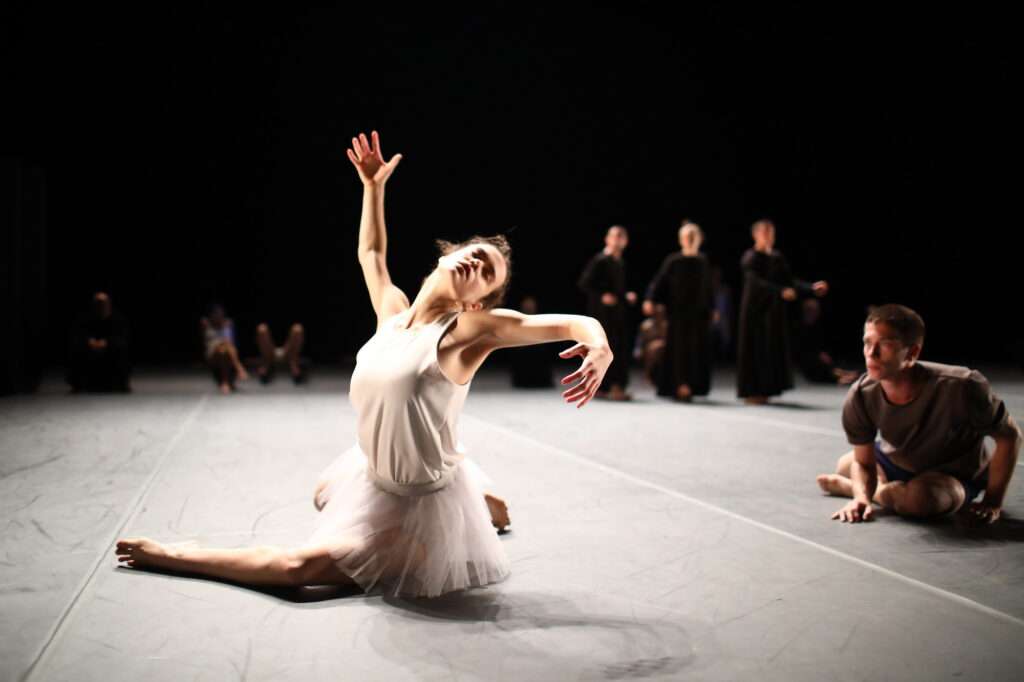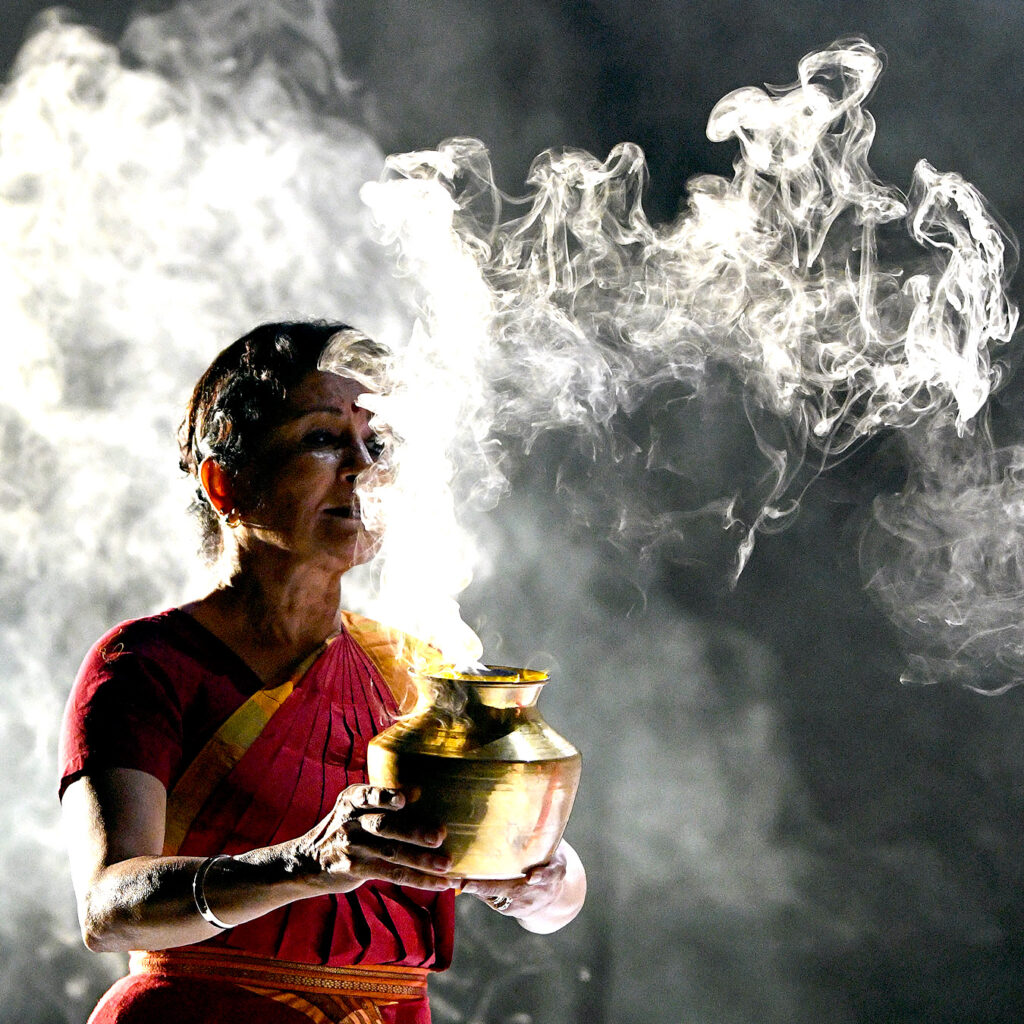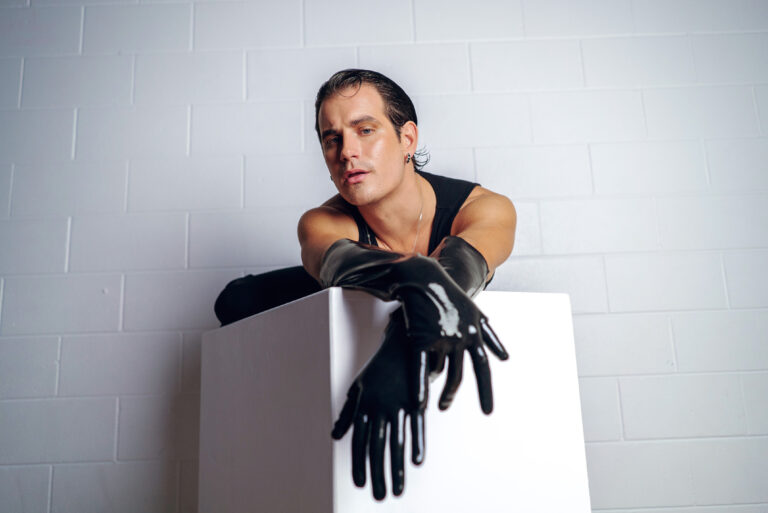
Ranee Ramaswamy, founder and co-artistic director of Ragamala Dance Company, says her teacher, Alarmél Valli, used an image of a party blower to help explain dynamics within bharatanatyam.
“You blow the straw, the feather goes out, and it curls and comes back. It goes out with a lot of fervor, it’s strong, but then the feather part of it comes back soft,” she says, adding that this image captures “how hard you have to strike your feet” in bharatanatyam, while also acknowledging “there are a lot of movements that are soft.”

Whether visualization is part of your lesson plan or not, you’ve likely used it to help students grasp a movement or concept. Drawing on a sensory or visual experience, like Valli’s party-blower example, can help dancers understand movement quality, while an image connected to anatomy, like imagining the pelvis as a bowl of soup, can bolster technical knowledge. An intentional use of visualization in class will help dancers develop a deeper understanding of technique, artistry, and how their bodies move in space.
Start With the Basics
Visualization doesn’t have to feel complex. By beginning with simple applications to foundational steps, students can begin to consider the impetus of each movement and build familiarity with common positions.
“I can say ‘Pull your bones outside your flesh’ inside the tendu, so the goal of the tendu is not to arrive to this clear form, but it’s to keep lengthening your leg,” explains Yael Ben Ezer, a member of Batsheva Dance Company.

This same principle can also be applied to static positions. Ben Ezer says she often observes students holding their hands as if they were picking up a cherry by the stem, with the thumb and pointer finger pressed together at the tips. This is different from the preferred technique at Batsheva, which favors a hand position in which the fingers are gentle.
“I can say ‘Create a circle above your head,’ or I could say ‘Push something away,’ ” she says, citing a few ways she might cue dancers to get the correct hand position.
Connect to the Senses
To help dancers fully grasp visualization cues, it’s important for them to be able to connect what they’re learning inside the studio to what is happening in their outside lives. Encourage them to explore sensory experiences from daily life, like the feeling of wind against their skin or water running over their fingertips. That way, when you give a cue that draws from a nondance experience, students can recall or imagine what that might feel like and apply that to their movement.
“It’s connecting experience that comes from life, and not from the neat vacuum space that is the stage or the studio,” Ben Ezer explains. “[Students] need to connect to their imagination and to their world—connect to the textures of the world, the feelings of the world, the feeling of ‘If I’m cold or if I’m hot, it will look different in my body.’ ”
Ramaswamy adds that encouraging dancers to attune to visual stimuli will also bolster their ability to use visualization and imagination. In addition to encouraging students to invest in experiences outside of dance class, you can further strengthen this skill by making the gaze an active element in your lessons.
“If you want to really visualize what you’re seeing when we’re in class, this is what we say: ‘See, look, look at something, not just stare,” Ramaswamy says.

Encourage Artistry
By teaching your students how to use visualization intentionally, you’ll be setting them up for artistic success later on in their careers. Understanding how to pull from life’s experiences to create cues that help to fully embody a piece of choreography will bring dancers one step closer to finding their own unique artistry.
“[Visualization] has to be a tool if the choreography demands something. It will be a part of the story of the choreography,” Ben Ezer says, adding, “And maybe it will be another key to do the choreography.”
Ramaswamy says that by encouraging dancers to explore their own creativity, they will be more able to share their own sensory experiences and feelings with audience members through dance.
“Each [movement] is a feeling, each [movement] is a sensory experience that we are trying to pass on to the audience—and they can see that visceral feeling that the dancer is trying to portray onstage without words.”





